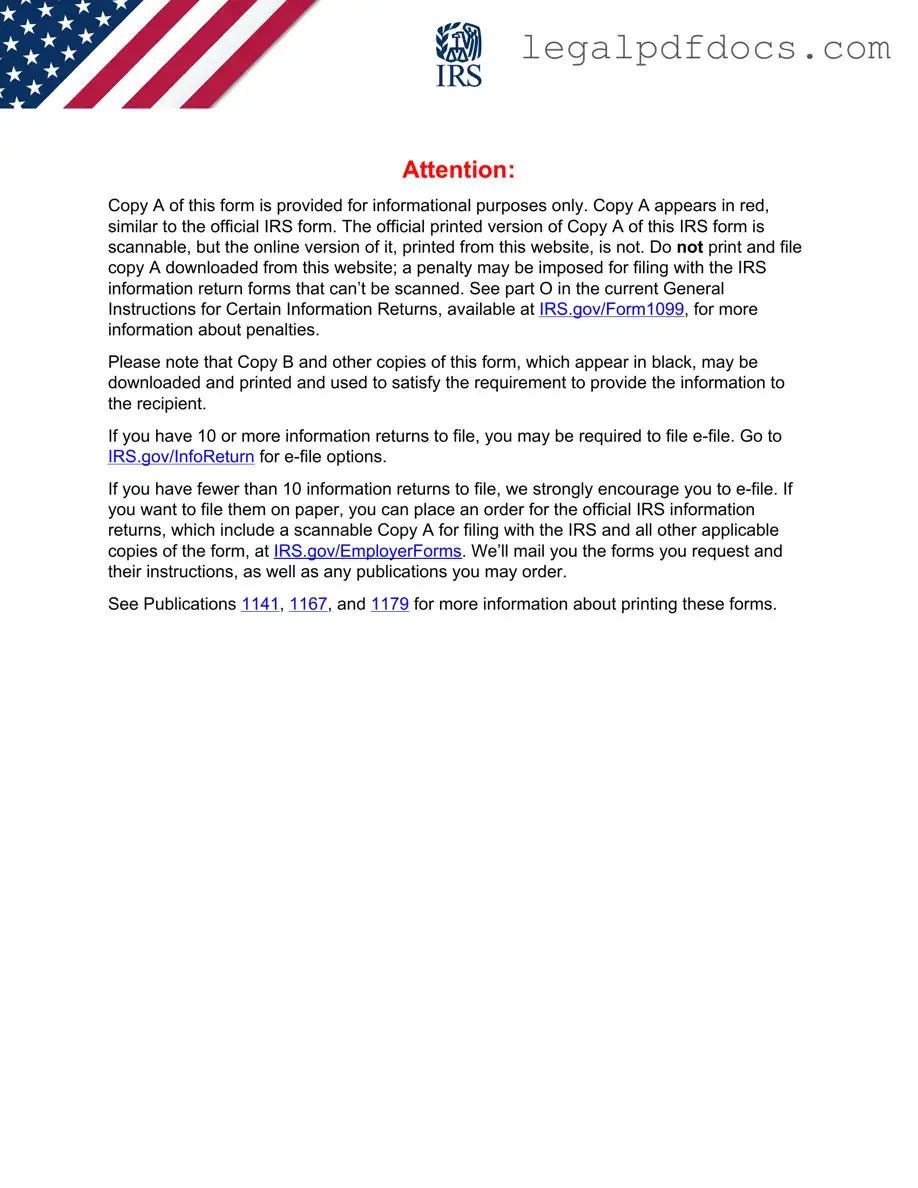Fill Out a Valid IRS 1099-MISC Template
The IRS 1099-MISC form is a tax document used to report various types of income received by individuals or businesses that are not classified as wages. This form is essential for ensuring accurate reporting of income to the Internal Revenue Service (IRS). Understanding its purpose and requirements can help individuals fulfill their tax obligations effectively.
To begin the process of filling out the form, please click the button below.
Open IRS 1099-MISC Editor Here
